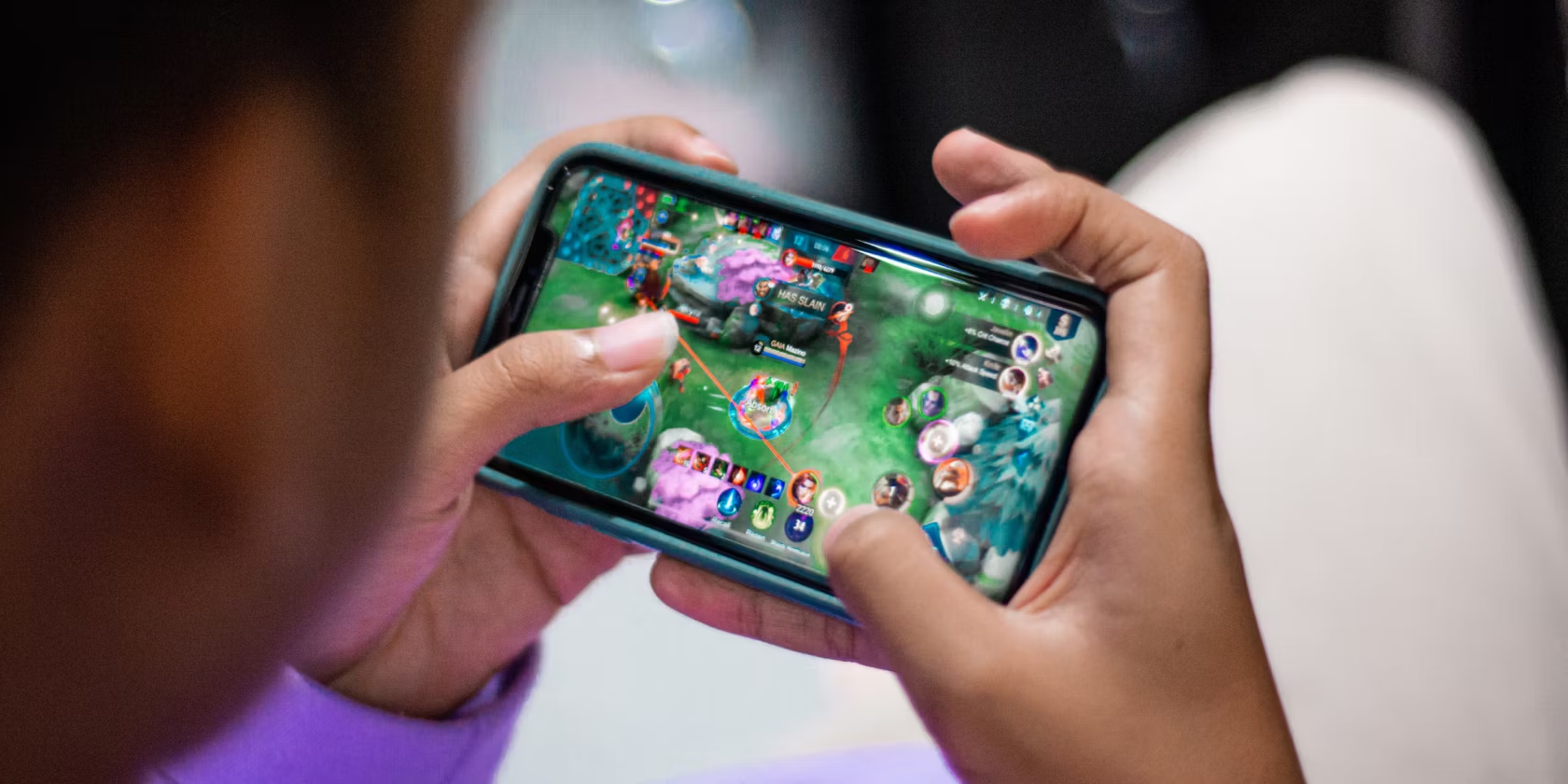readingcharlesdickens.com – In the digital age, the quest for love has undergone a seismic shift, thanks to the advent of dating apps. These platforms have not only transformed the way we meet potential partners but have also redefined the very fabric of modern romance. Among these, the “swipe right” culture, popularized by apps like Tinder, has become a symbol of the dating app revolution, changing the game for singles around the globe.
The Dawn of Swiping
The concept of swiping right to indicate interest in someone’s profile is now a universally recognized gesture, thanks to Tinder, which launched in 2012. The app’s simple yet revolutionary interface allowed users to quickly browse through profiles, swiping right for yes and left for no. If two users swiped right on each other, it was a match, and they could start chatting. This straightforward approach to dating was a breath of fresh air, making the process of finding a date less daunting and more accessible than ever before.
The Impact on Modern Dating
The swipe right culture has had a profound impact on modern dating habits. It has democratized dating, making it easier for people to meet potential partners outside of their immediate social circles. This has been particularly beneficial for those who are shy, introverted, or new to an area, as it provides a low-pressure way to explore the dating scene.
Moreover, the ability to swipe through profiles has led to a more visual and superficial approach to dating. While this has been criticized for reducing people to mere photos and brief bios, it has also made users more conscious of their physical appearance and presentation. This has, in turn, influenced broader societal standards of beauty and self-presentation.
The Good, the Bad, and the Ugly
The dating app revolution has brought with it a mixed bag of outcomes. On the positive side, it has made dating more inclusive, with apps catering to specific communities and interests, from LGBTQ+ dating to niche hobbies. This has helped many find partners who share their values and passions, fostering more meaningful connections.
However, the ease of swiping has also led to a culture of disposability, where genuine connections can be discarded as quickly as a swipe. This has contributed to feelings of loneliness and dissatisfaction among some users, who find the endless cycle of swiping and chatting exhausting and unfulfilling.
Furthermore, the anonymity and distance provided by dating apps have, unfortunately, also facilitated harmful behaviors, including catfishing, harassment, and discrimination. These issues have prompted calls for greater accountability and safety measures within the dating app industry.
Looking Ahead
As we move forward, the dating app revolution continues to evolve. Developers are incorporating new technologies, such as AI and machine learning, to improve matchmaking algorithms and enhance user experiences. There’s also a growing emphasis on safety and inclusivity, with many apps implementing stricter verification processes and anti-discrimination policies.
The future of dating apps is likely to be more personalized and secure, with a renewed focus on fostering genuine connections. Whether through video dating features, in-app games, or shared experiences, the goal is to move beyond the swipe and create a more engaging and authentic dating environment.
Conclusion
The swipe right culture, initiated by dating apps, has revolutionized the way we approach love and relationships. While it has its challenges, it has also opened up new avenues for connection and self-discovery. As we navigate this digital dating landscape, it’s clear that the swipe has become more than just a gesture—it’s a symbol of our evolving understanding of love in the 21st century.

